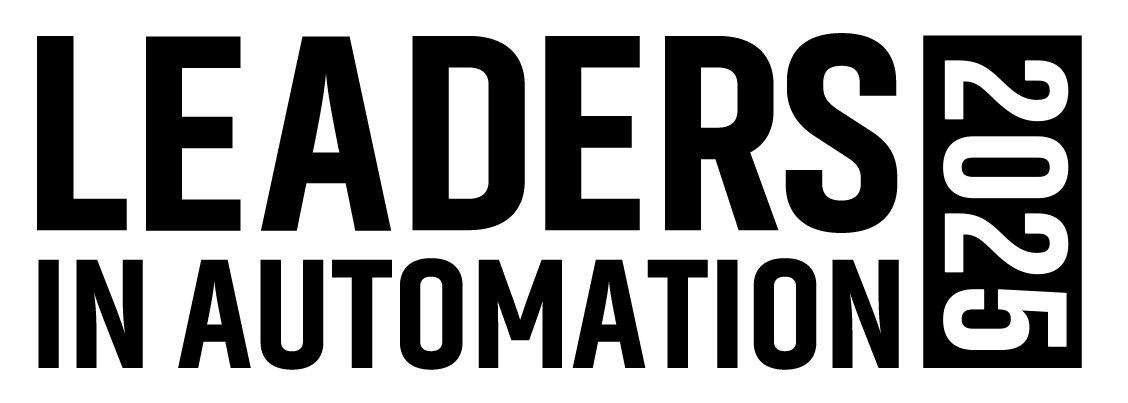Automation World: How did you manage to involve so many people in this book?
Bianca Scholten: I started writing articles about ISA-95, manufacturing execution systems (MES) and system integration in 2003. Over the years, I have interviewed many people, such as SP95 committee members, end-users, consultants and software vendors. I thought it was a good idea to include their viewpoints and experiences in the book, as an extension to my own experiences and viewpoints.
AW: The ISA-95 standard covers manufacturing broadly. What was the composition of the committee that enabled such a broad definition?
Scholten: The committee included a mixture of representatives from software vendors—some are enterprise resource planning (ERP) suppliers, but most are control system vendors, system integrators, consultants, universities and end-users. End-users represent several different industries, including food, pharma, chemicals and consumer electronics.
About the Author
Gary Mintchell
Editor in Chief

Leaders relevant to this article:
